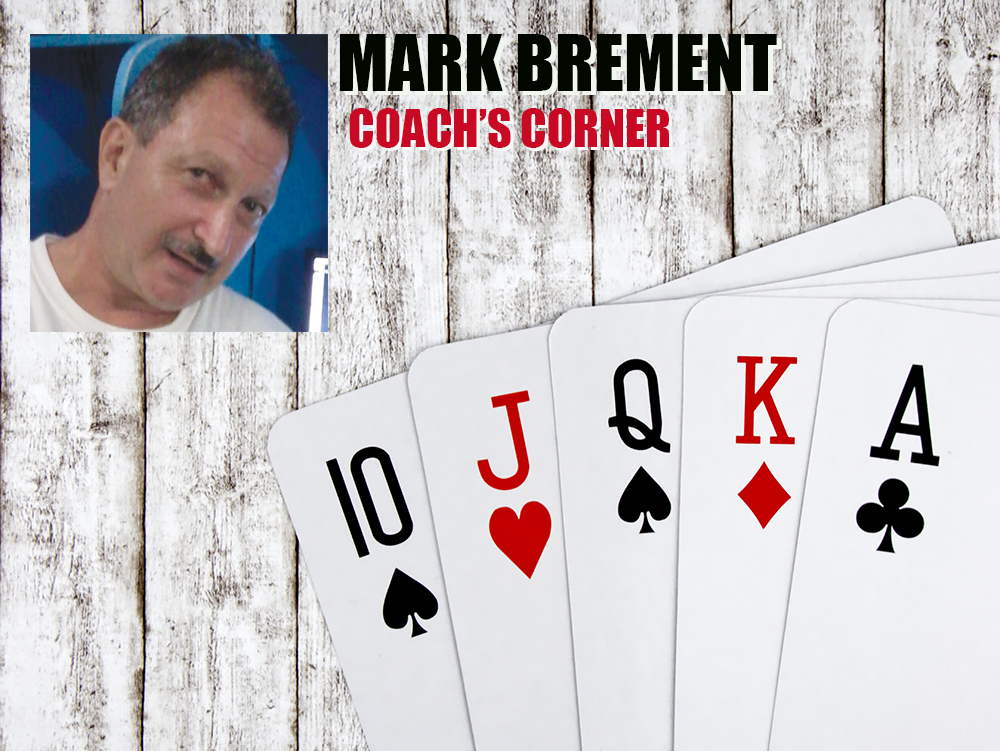When playing a speculative hand preflop, understand why you’ve decided to take a flop. There are three critical reasons you can justify this.
GETTING THE RIGHT PRICE: We’re playing $1-$2 no-limit and an early position player raises to $7. Three players call, which gives us the right price to enter the pot with something such as 6-4 offsuit. Keep in mind that effective stack sizes are part of the equation.
When the original raiser has a small stack of, say $80, I will opt out because I want a shot at winning a big pot. This is often overlooked. Opponent’s stack size should influence our decision to play.
“What if the raise is larger, like $15?” Fold! You’re not getting the right price. Are there exceptions? Sure. Imagine effective stacks are $1K. Get your $15 in there. We’re getting the right implied odds to play.
“What if the table has four or five players with relatively small stacks?” Change tables.
“What if the table is deep all the way around, can I play my speculative hand from early position?” Yes, yes, yes. We want to win big pots. If effective stacks are $500, we have permission to widen our range.
Unfortunately, this is rather unusual at the $1-$2 level, so we’re forced to play in late position, which is a good thing for our profit margin.
THE 5 PERCENT RULE: When we’re tasked with a decision to play a speculative hand, don’t risk more than 5 percent of our stack. This is consistent with the aforementioned information. Having a rule of thumb helps us simplify our decision-making process. Playing with a $200 stack, we don’t want to enter a preflop pot for more than $10. This assures us we are getting the right price.
SMALL AND MEDIUM PAIRS: Pairs played well are profit centers. Pairs played poorly will prove to be the difference between a winning and losing year.
See your flops on the cheap. You’re playing to hit your set, which you will hit about one in eight times (7.5 to be exact). Sets are well-disguised and don’t slow-play them. Bet out to build that pot.
When taking a raise with a pair, make sure your opponent, the one who raised, has at least 15 times the amount you’re calling.
For example, the villain raises to $10 and you call. Effective stacks must be at least $150 to play. If he only has $100 in his stack, fold. You can get a better price elsewhere.
— Mark Brement has spent 15 years teaching and coaching all facets of poker, including at Pima CC. Email him at brementmark@gmail.com.




